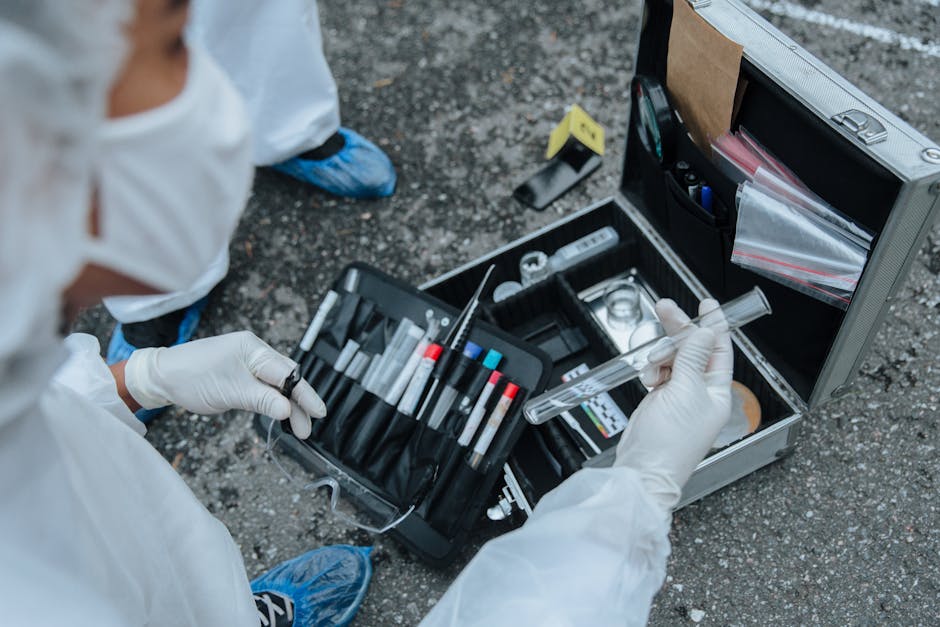- America’s Forgotten Terror Attacks - April 10, 2025
- The Hidden Link Between Real Estate and Organized Crime in the U.S. - April 10, 2025
- Organized Crime in the U.S. Postal System: An Unlikely Criminal Pipeline - April 10, 2025
The Zodiac Killer
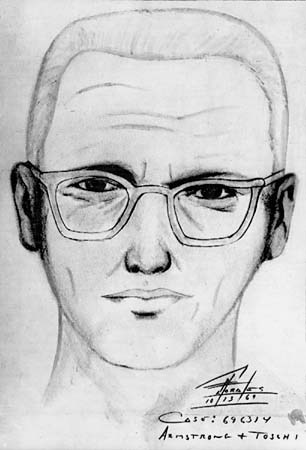
The Zodiac Killer remains one of America’s most enigmatic criminals, yet luck played a part in connecting several of his murders. In 1969, the killer sent ciphers to the San Francisco Chronicle, taunting the police. When one of these ciphers was cracked, it offered insights into his motives and methods. Although this breakthrough didn’t lead to his immediate capture, it helped law enforcement piece together his criminal profile. Over the years, advancements in DNA technology have breathed new life into the cold case. Investigators hope that luck, combined with science, will eventually crack this decades-old mystery. As of 2023, the case continues to intrigue both professionals and amateur sleuths alike.
The Murder of Mary Phagan

The 1913 murder of Mary Phagan in Georgia captivated the nation, particularly when Leo Frank, a factory manager, was accused. The evidence against Frank was primarily circumstantial, but the case took a dramatic turn when a witness’s testimony unexpectedly contradicted previous accounts. This revelation led to a retrial, highlighting how a single testimony can alter the trajectory of a case. Although Frank was ultimately lynched, the case remains a poignant reminder of how luck and unexpected testimonies can intersect with justice. The story has since become a significant part of American legal and cultural history, emphasizing the impact of chance in legal proceedings.
The Disappearance of Maura Murray
Maura Murray’s 2004 disappearance in New Hampshire remains a chilling mystery. After crashing her car, she vanished without a trace, leaving authorities and family members baffled. For years, the case languished in obscurity until 2019, when a group of amateur investigators uncovered a new lead. They found a witness who had seen a suspicious vehicle near the crash site. This serendipitous discovery reignited interest in her case, sparking new theories and investigations. It serves as a testament to how persistence and a bit of luck can bring fresh perspectives to cold cases. The search for Murray continues, fueled by both determination and serendipity.
The Capture of the Golden State Killer

Joseph DeAngelo’s capture in 2018 as the notorious Golden State Killer was a landmark moment in criminal justice. Using genealogy websites, investigators traced familial connections that led them to DeAngelo. This innovative method was a blend of technological advancement and fortuitous discovery, demonstrating the power of modern science in solving ancient crimes. The case set a precedent for how DNA can be utilized in criminal investigations, bridging the gap between past and present. DeAngelo’s arrest brought closure to victims’ families and showed that even the most elusive criminals can be caught by sheer luck. His prosecution marked a new era in forensic science.
The Murder of Jill Dando
Jill Dando’s murder in 1999 shocked Britain, especially as the case seemed to stagnate without leads. A fortuitous sighting by a witness of a suspicious man near the crime scene provided a much-needed breakthrough. This lead directed the police to Barry George, who was subsequently convicted. However, new evidence later emerged, leading to George’s acquittal. This case underscores the dual nature of luck in criminal investigations—it can both solve and complicate cases. Dando’s murder remains a subject of public fascination, illustrating how unpredictable elements can shape the justice process.
The Case of the Boston Strangler
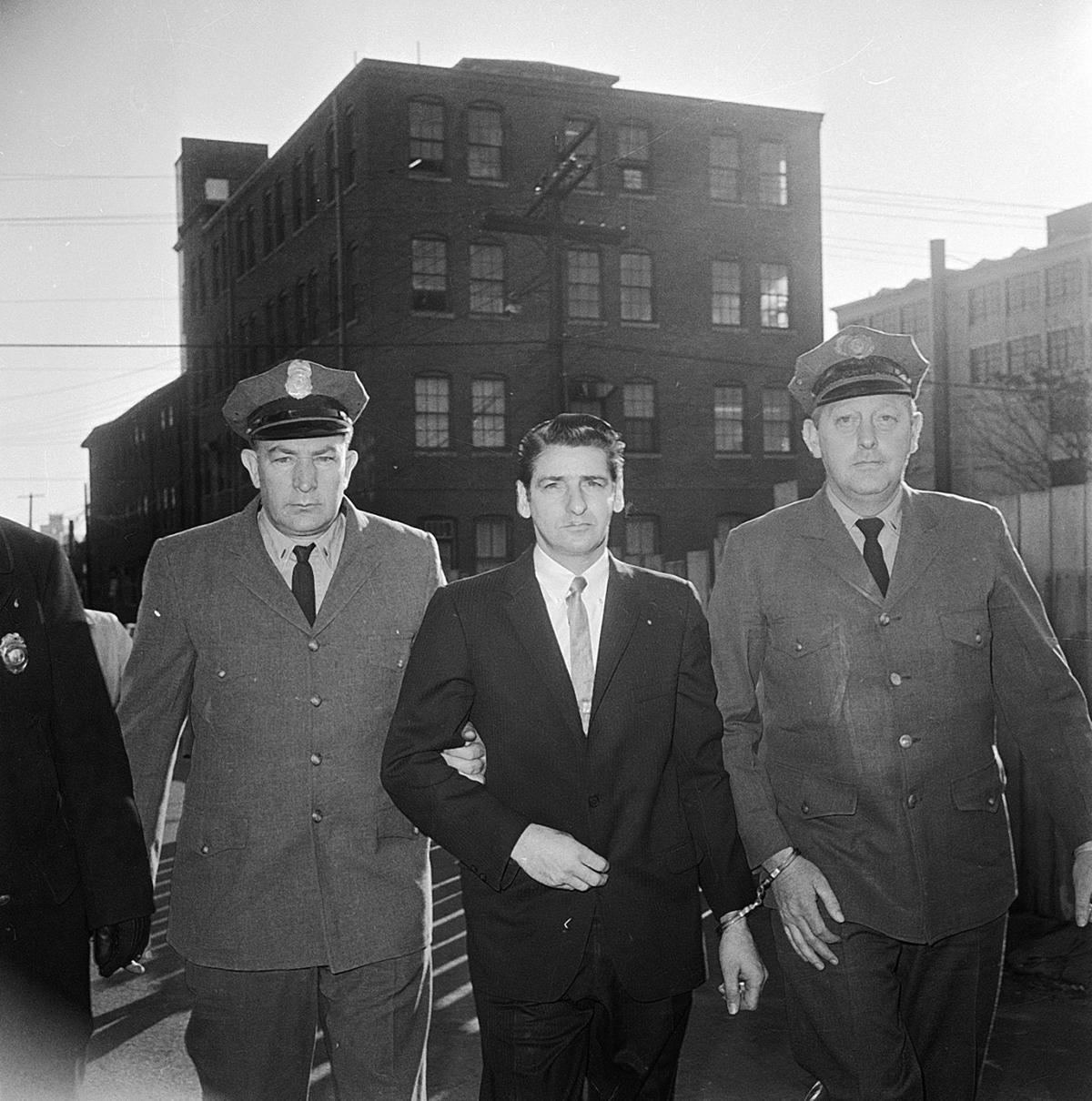
The Boston Strangler’s reign of terror in the early 1960s ended with the arrest of Albert DeSalvo, but luck played a pivotal role in his capture. He was apprehended for an unrelated offense, but during his arrest, investigators found a weapon tied to the stranglings. This unexpected discovery linked him to the murders, demonstrating how unrelated incidents can lead to breakthroughs. DeSalvo’s confession, though later contested, highlighted the complexities of criminal confessions. The case remains a touchstone in criminal history, showcasing how luck can intervene in the most unexpected ways.
The Murder of JonBenét Ramsey
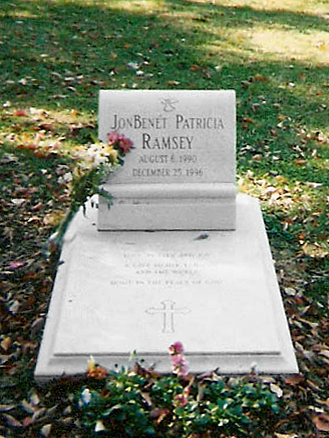
The 1996 murder of JonBenét Ramsey is one of America’s most perplexing cases. A pivotal moment occurred when a DNA sample provided by a family friend cleared him of suspicion. This unexpected development allowed investigators to redirect their focus, illustrating how luck can eliminate false leads. Despite the breakthrough, the case remains unsolved, with theories and speculations still circulating. This case highlights the challenges of criminal investigations, where luck can both illuminate and obscure the path to justice. The search for JonBenét’s killer continues, driven by both hope and happenstance.
The Capture of the BTK Killer
Dennis Rader, infamously known as the BTK Killer, was brought to justice in 2005 largely due to a lucky mistake. His decision to send a floppy disk to the police, which contained metadata, inadvertently linked him to the murders. This blunder broke the case wide open, showing how even the most careful criminals can make fatal errors. Rader’s capture provided closure to his victims’ families and demonstrated the unpredictable nature of criminal investigations. The BTK case remains a chilling reminder of how luck and human error can play decisive roles in solving crimes.
The Murder of Meredith Kercher
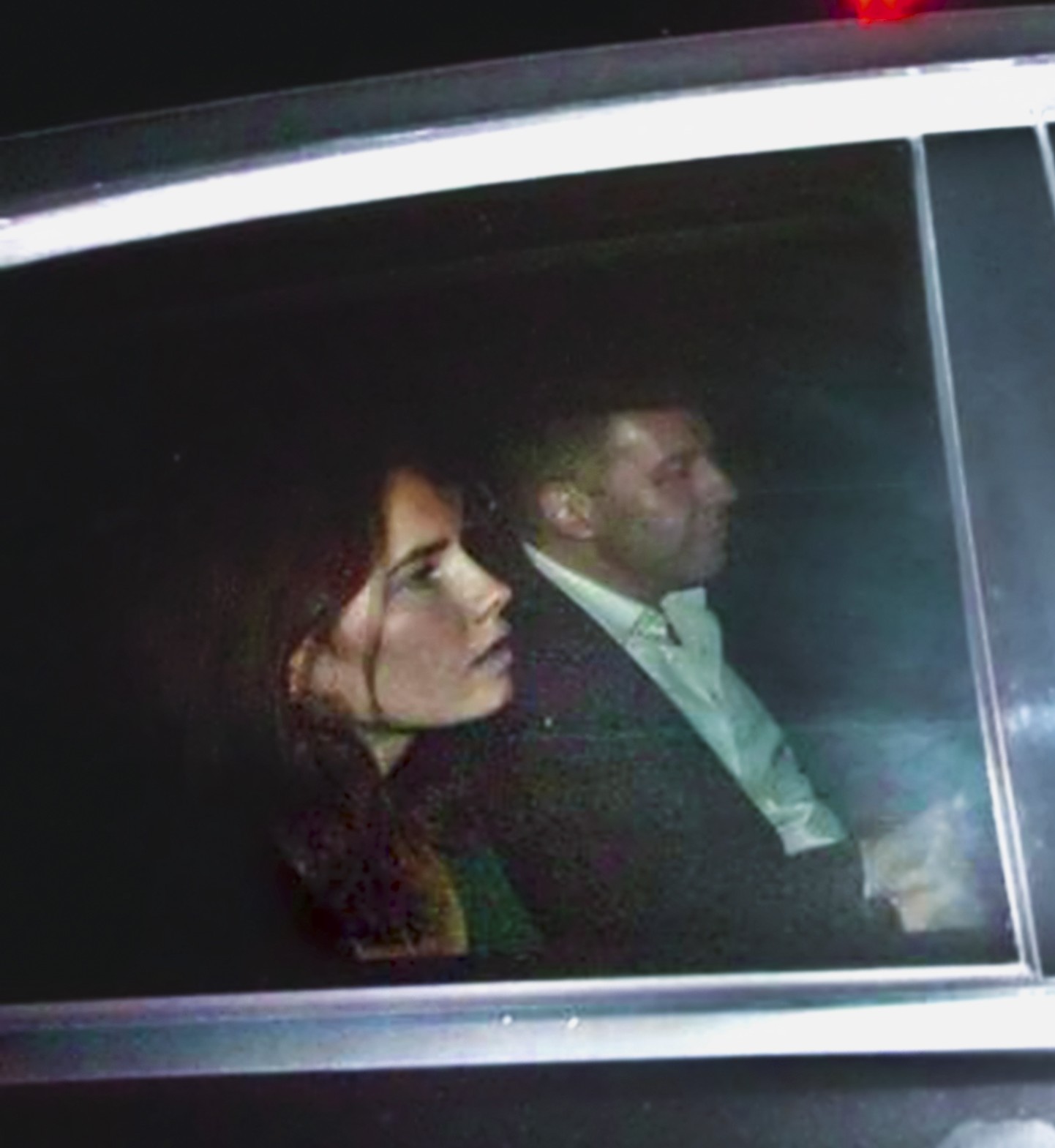
The 2007 murder of Meredith Kercher in Italy led to a sensational trial that gripped the world. A stroke of luck occurred when a knife, later identified as a murder weapon, was found in Raffaele Sollecito’s apartment. This discovery was pivotal in the conviction of Sollecito and Amanda Knox, though their convictions were later overturned. The case underscores the complexities of forensic evidence and the role of luck in uncovering crucial details. Meredith’s murder remains a cautionary tale about the intersection of evidence, luck, and justice in high-profile cases.
The Case of the West Memphis Three
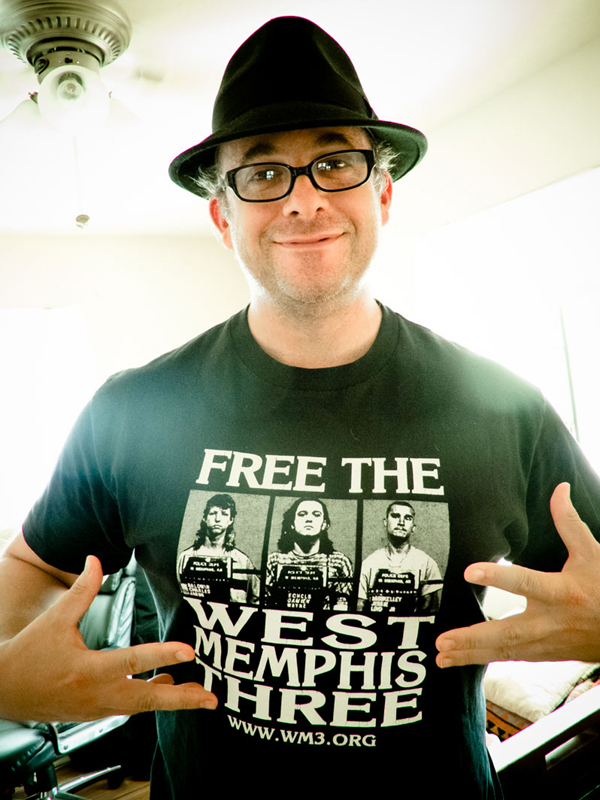
In 1993, the brutal murder of three boys in West Memphis, Arkansas, led to the controversial conviction of the West Memphis Three. Years later, a fortunate turn of events came when new DNA testing methods were applied to the evidence, revealing no connection to the convicted men. This breakthrough led to their release after nearly two decades in prison. The case highlights the significance of technological advancements and the role of luck in achieving justice. It serves as a powerful reminder of the potential for wrongful convictions and the enduring quest for truth.
This gallery of famous murder cases solved by luck demonstrates the unpredictable nature of criminal investigations and the crucial role chance can play in the pursuit of justice.

